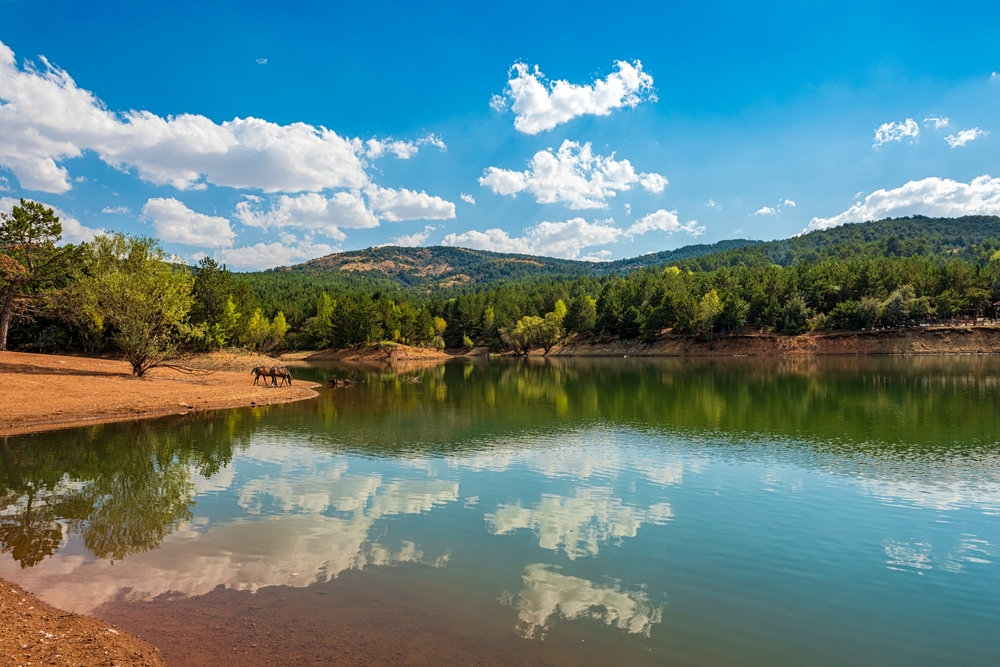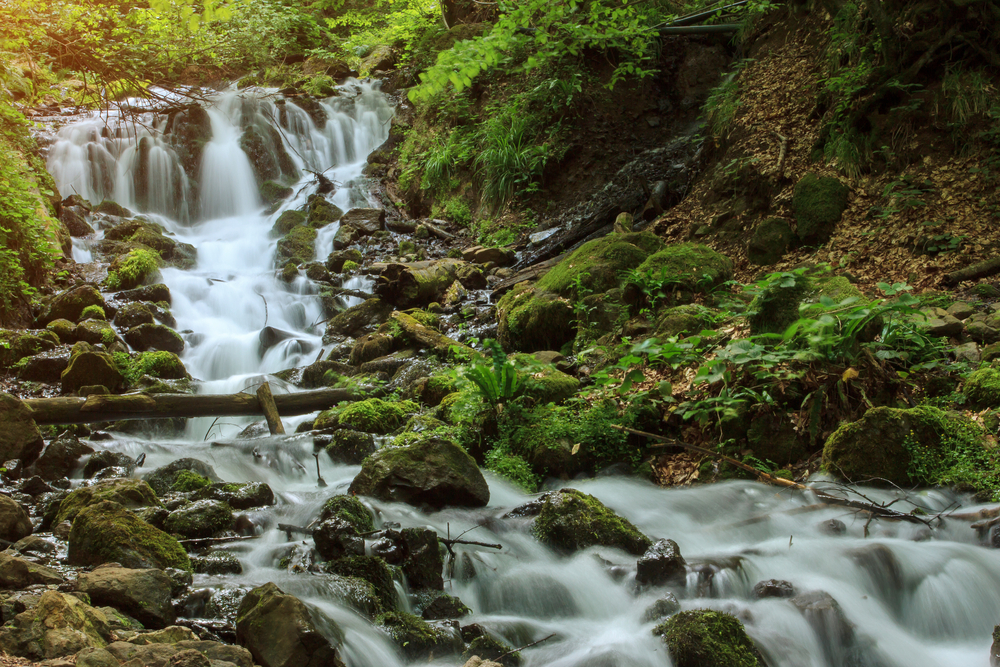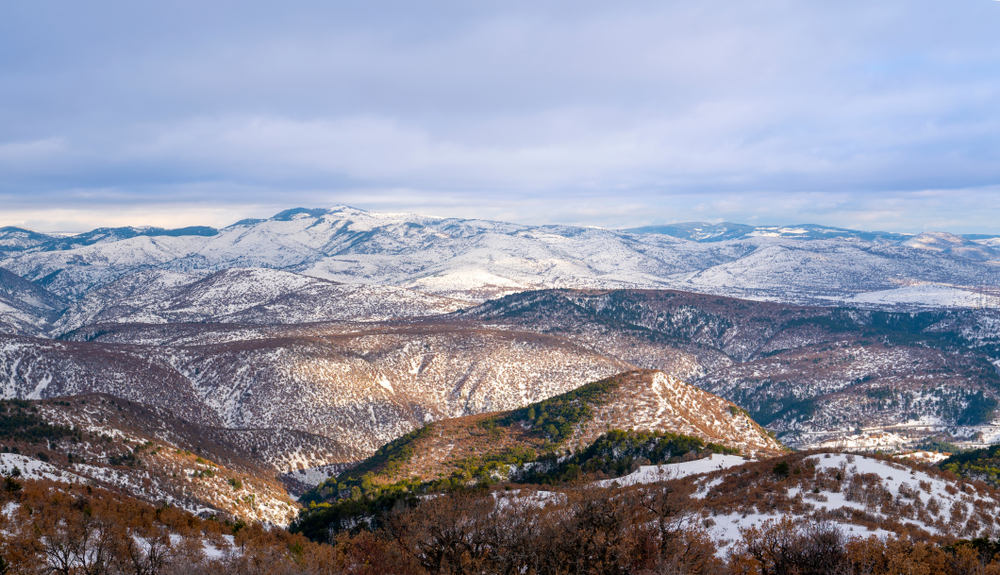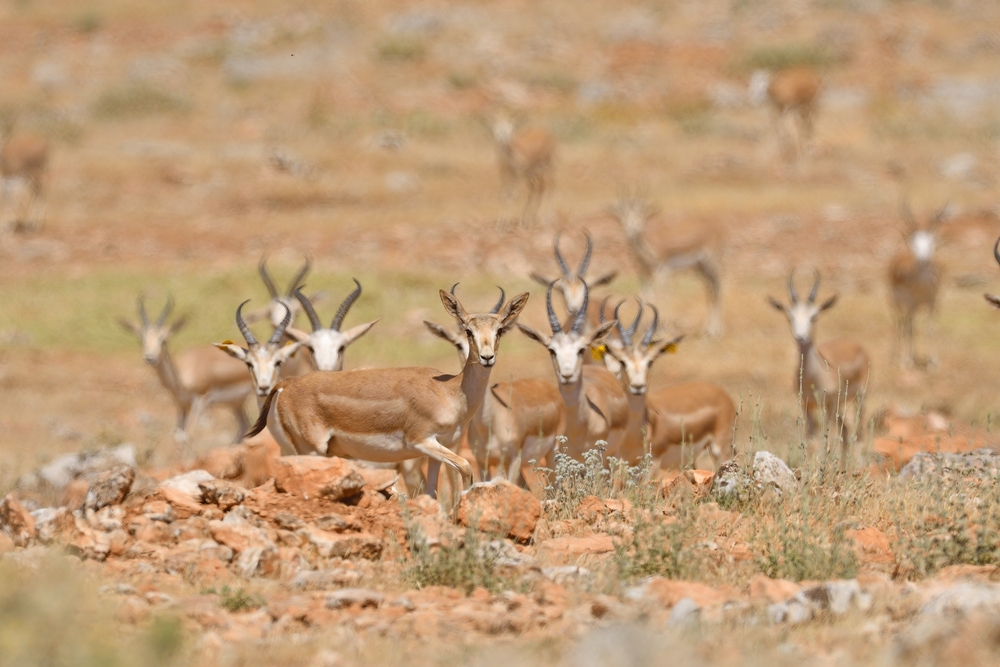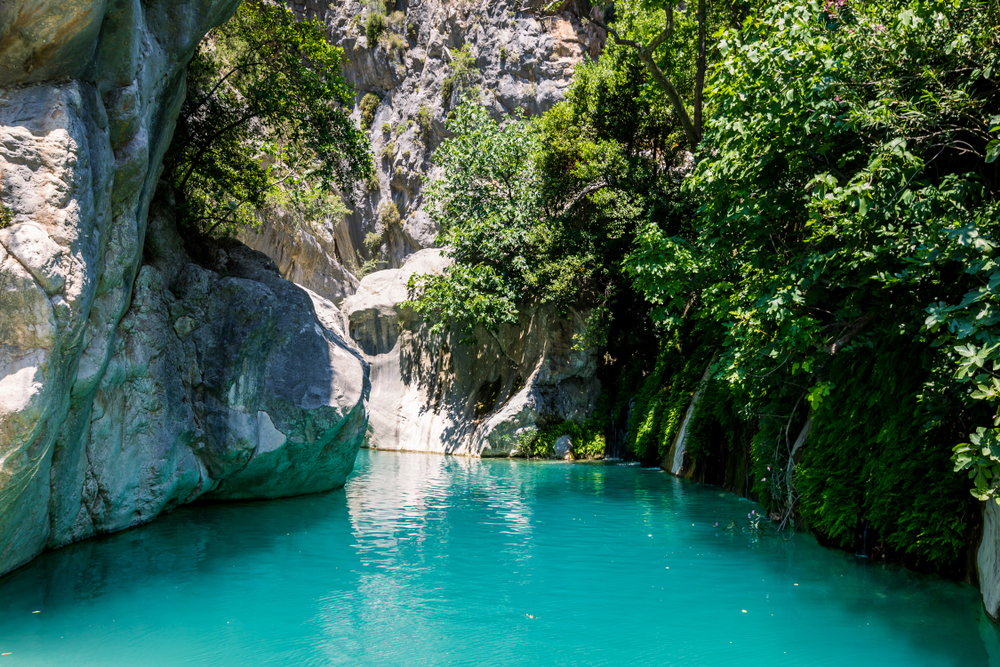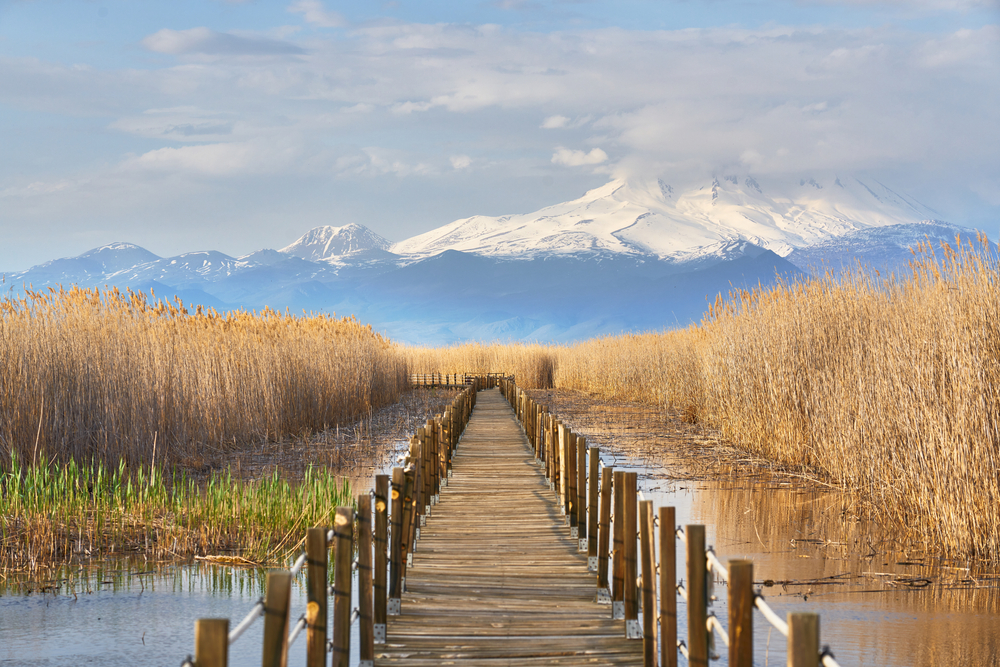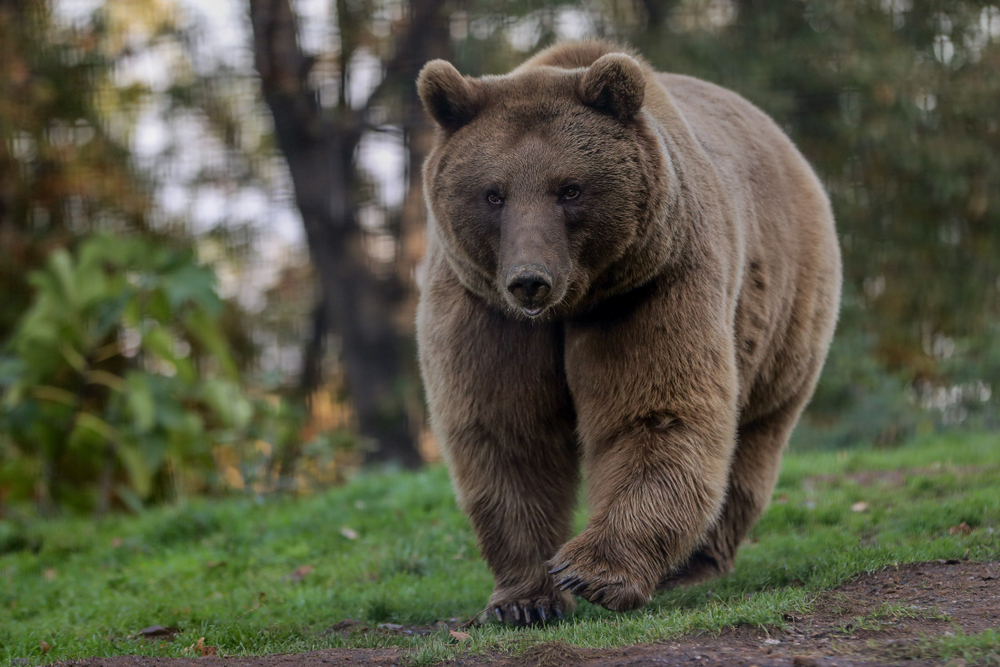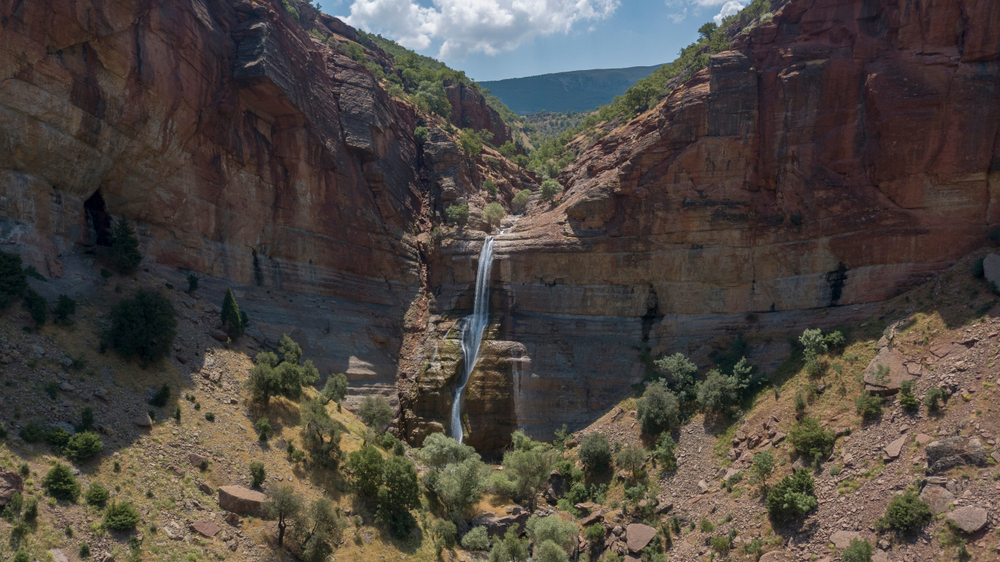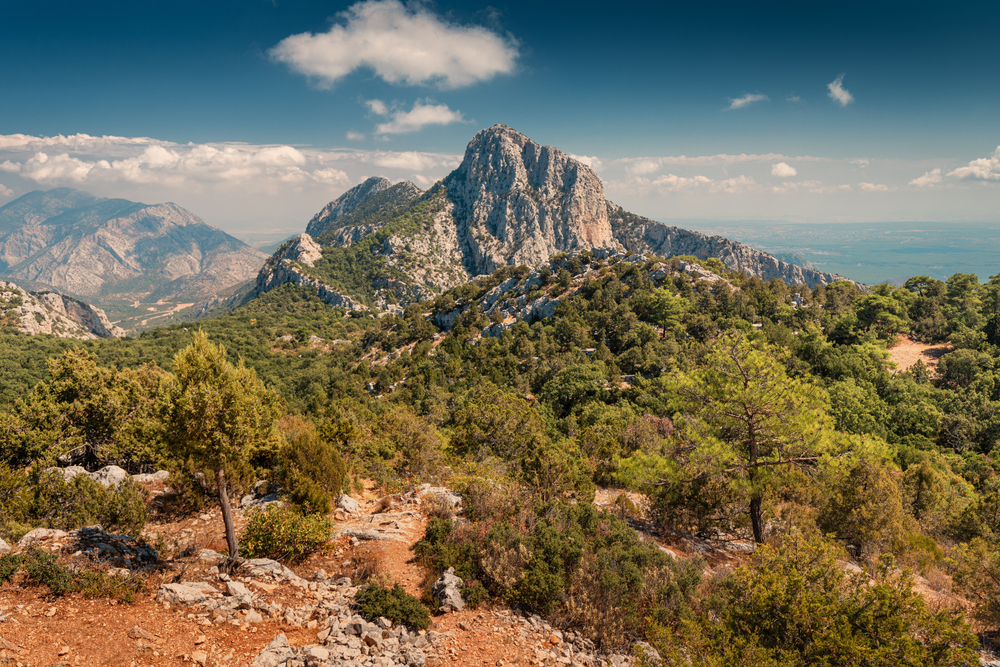Yozgat Pine Grove Overview
Yozgat Pine Grove National Park, known in Turkish as Yozgat Çamlığı Milli Parkı, is located in central Turkey within Yozgat Province. Covering an area of approximately 1.3 square miles (3.4 square kilometers), it may be small in size, but it holds the distinction of being Turkey’s first national park, officially designated in 1958.
Situated on the Bozok Plateau at an average elevation of 4,400 feet (1,340 meters), the park occupies a gently rolling terrain characterized by modest hills and open clearings. What makes the park especially notable is its ancient stand of Anatolian black pine (Pinus nigra), some of which are over 500 years old. These towering trees provide a dense, green canopy and serve as a rare and valuable remnant of the once widespread native forests of the Central Anatolian steppe.
The vegetation in the park is dominated by these black pines, with scattered junipers, oaks, and a rich variety of shrubs and grasses covering the forest floor. Seasonal wildflowers bring color during the spring and early summer, while lichens and mosses thrive in the shaded, cooler pockets of the grove.
The ecosystem is relatively limited due to the park’s small size, yet it still supports a modest range of wildlife. Mammals such as hares, foxes, hedgehogs, and squirrels can be seen darting among the trees. Bird species are more prominent, with the pine canopy attracting Eurasian jays, woodpeckers, finches, and sparrowhawks. The quiet environment also supports owls and other nocturnal birds that find refuge in the old-growth trees.
Popular features of the park include its serene walking paths, panoramic viewpoints over the Yozgat countryside, and designated picnic areas shaded by ancient pines. The combination of fresh air, tranquil forest, and accessibility from the city center makes the park a beloved recreational space for locals and visitors alike.
A small visitor center provides basic information on the park’s history and natural features, and observation platforms allow for peaceful immersion in the grove’s natural ambiance. In winter, light snowfall blankets the forest, creating a calm, picturesque atmosphere that draws visitors seeking solitude and seasonal beauty.
Visitors to Yozgat Pine Grove National Park primarily engage through walking, picnicking, birdwatching, and photography. The gentle slopes and established paths make it suitable for all ages and fitness levels. The park is especially popular on weekends and holidays when families come to relax under the towering trees.
Environmental education programs and guided tours are occasionally offered to local schools and community groups, raising awareness of the park’s ecological and historical importance.
Conservation in the park is centered on preserving the ancient black pine forest and preventing encroachment from urban development. Because of its small size and proximity to the city, it faces challenges such as visitor pressure, littering, and the need for ongoing forest management to prevent disease and degradation.
Despite these issues, Yozgat Pine Grove National Park stands as a successful example of early conservation in Turkey. Its protected status has helped ensure the survival of these old-growth trees, and local engagement has remained strong in promoting its care and long-term preservation.








































































